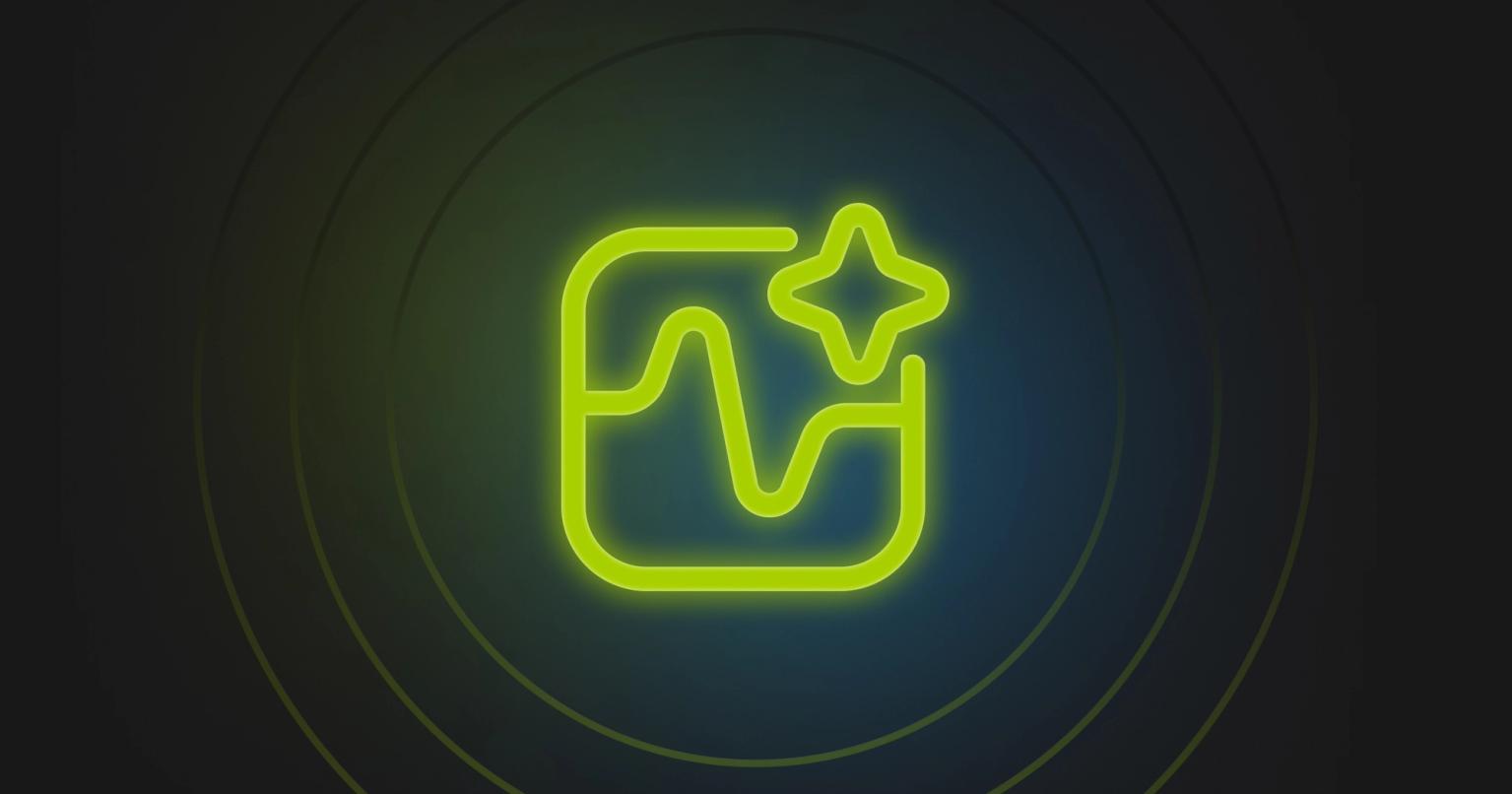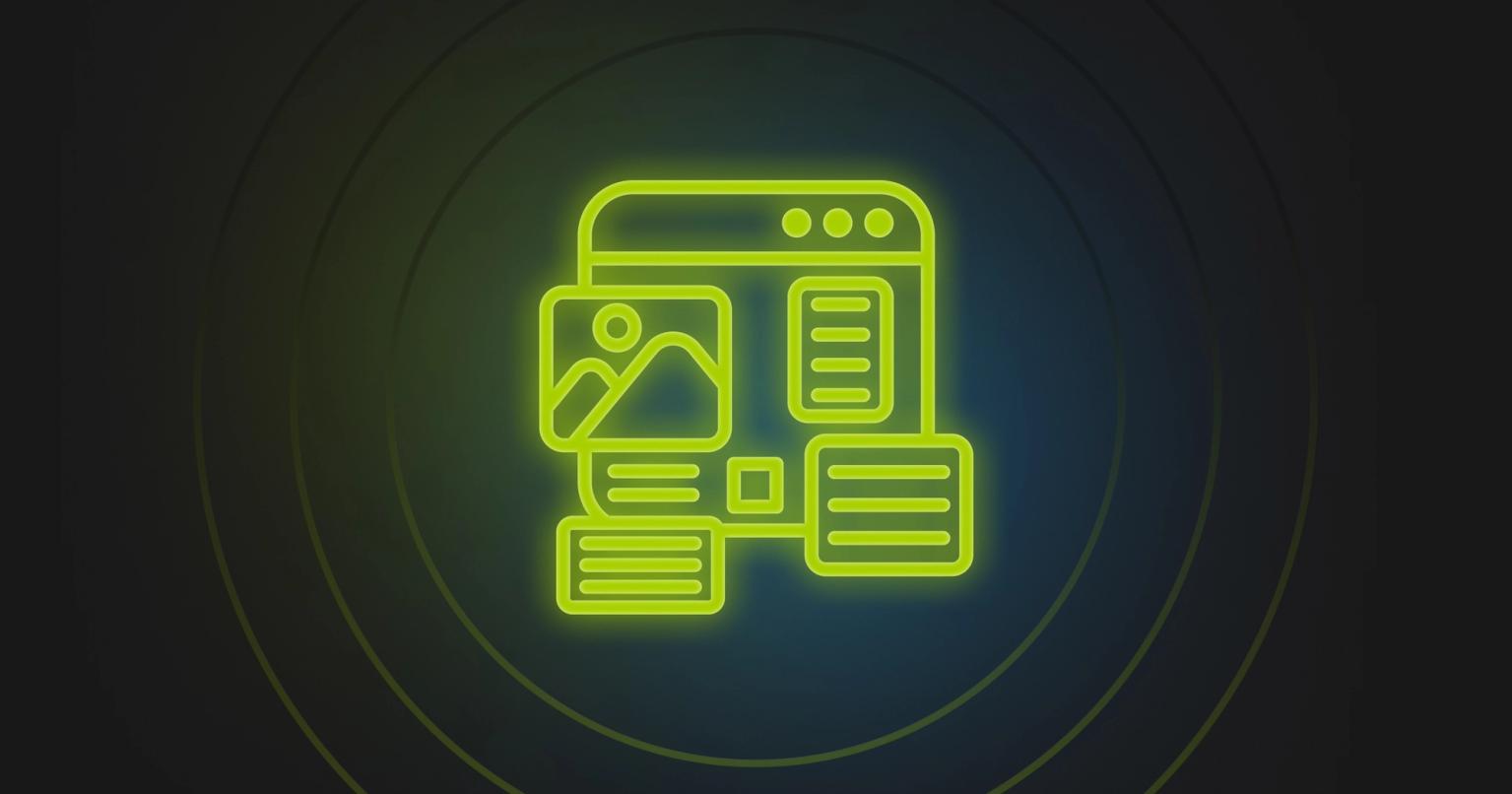Building a kick-ass co-op program

Summary
Learn how to build a dynamic co-op program with Knak's insights on meaningful work, culture integration, and expanding talent territories.
One of the most underdeveloped, and under-utilized hiring practices has been around for over 60 years. I’m talking about tapping into university and college co-op programs. Large Enterprise organizations often have massive amounts of co-op students but a lot of Start-ups and Small to Medium Businesses overlook their value. Not only are they not doing their part to develop the next generation of our future workforce, but they also miss out on building future talent pipelines and a recognizable brand. There is a lot of value to extract from a Kick-Ass Co-op program and I’ve outlined a few things to consider before you explore the world of hiring students.
1. Meaningful work
It goes without saying that to create a lasting impression on the talent you bring into your organization, the work they are assigned needs to be meaningful. We all want to feel a sense of pride and accomplishment and that doesn’t falter when you get into the conversation of students. As a start-up here at Knak, we’ve been very thoughtful to integrate our co-op students into our organizational deliverables. Long gone are the days of sticking a group of co-op students on a project that lands on a shelf collecting dust. Students want to see the impact that their contributions have on the organization. Having them shoulder to shoulder with fellow colleagues does just that. As a start-up, we have to be scrappy and conscientious of where we put our efforts. That means our co-op students get to write code that ends up in production and they get to work on marketing campaigns that land in front of customers. If you show an investment in them, they will invest in you.
2. Culture integration
I’ve been part of organizations in the past, where you could see the social separation between your class of co-ops and the rest of the organization. Sure, there is a sense of familiarity between students who are in a similar stage of life, but they are also in a crucial moment exploring what life after school could look like. HR departments and Talent teams spend countless hours trying to find ways to engage employees in the office and remotely. They create events, social gatherings, and team building activities, and that same effort should be directed towards your student class. One consistent message from our co-ops has been the inclusivity they felt throughout their time with us. It leaves them with a want to come back either for an additional placement, or as a graduating student.
At Knak we group our co-op students with permanent new hires in onboarding activities to help grow that connection right away. Other ideas we have been exploring are setting up students with department buddies to create a peer to peer mentorship. We also want the co-op student to spend time with other departments to gain a full picture of the business and how their contributions have a direct impact at Knak.
3. Expanding territories
In a remote world, there’s no reason to limit the boundaries of your co-op program unless there is a necessary physical part of your business. Most universities and colleges have developed courses and degree programs that differentiate themselves from one another. Your co-op program can and should be thinking about aligning your co-op placements to those schools and departments. Not only can you find the best students where they are, but it also develops your employer brand outside of your home city. As an organization, if you are trying to become a global and recognizable brand in your market, then talent branding is no different. Grow your co-op program nationally and you’ll see your talent brand grow with it.
4. Thinking beyond software
If you are a software company starting to think about co-ops, chances are your first thought goes to finding software developing students. That’s natural and there’s no harm in that. Software developers have been one of the most difficult talent pipelines for any organization to build over the past couple of years. But, there is an opportunity to think well beyond that single department. If you really want to grow as an organization, co-op programs are a great way to try out and build your talent pipelines for entry level hiring. Extending that into multiple departments of your organization just makes that happen on a larger scale. Chances are if you are in hyper growth, every team will be dealing with the same challenges of hiring in this competitive talent market. You, as a hiring manager, can bring back a recent grad or student that has a familiarity with your business, how you operate and who you know and trust.It beats hiring someone that’s a bit of an unknown when you haven’t seen their work ethic or capabilities first hand. Challenge your hiring managers to think about the long term advantages to bringing on co-ops to help the future of their business.
5. Ask, listen and act
To many of you, this goes without saying but, many HR departments take the time to do exit interviews. This is important even with co-ops to understand how to improve as an employer and use that feedback for good. Where this often falls short is in the follow through. There needs to be a feedback loop between the HR team often doing exit interviews, the hiring manager integrating and leading the co-op students, and the talent team building the Kick Ass Co-op program. There needs to be a collection of that qualitative data to pull out themes and to find ways to improve your program. Some of the feedback we’ve received from our co-op students have been unconventional ideas on how to source student talent and ways we could make the experience richer.
Ultimately there are business restrictions and limitations that come into every decision you make when you’re thinking about building a talent brand and investing in people. My advice is to really put some deep thought into your goals as an organization. Where do you want to be in a year, 3 years, or even 5 years down the road? How do you think you will get there and can engaging our next wave of students help achieve that? If the answer is yes and you haven’t already done so, what are you waiting for?












